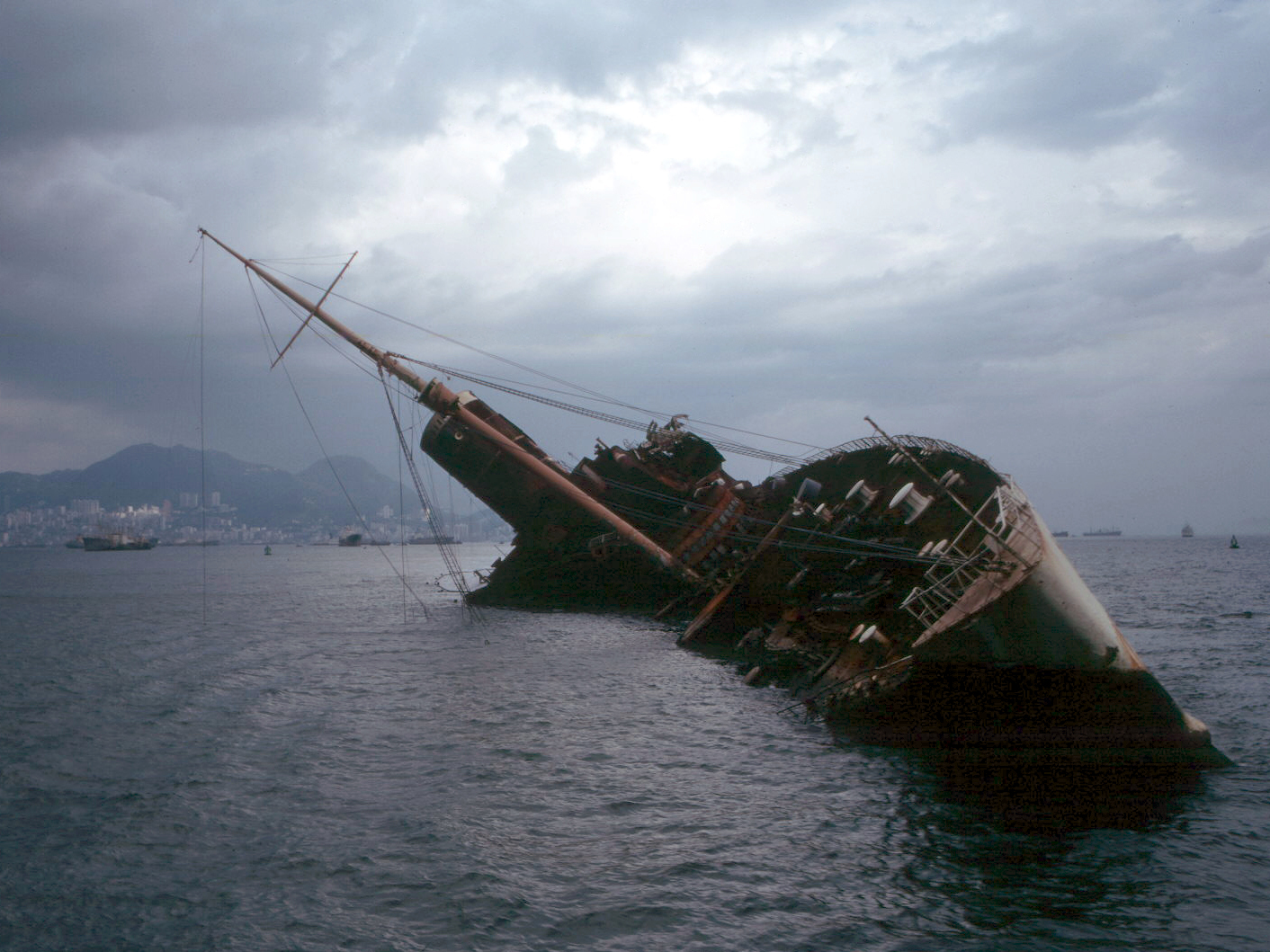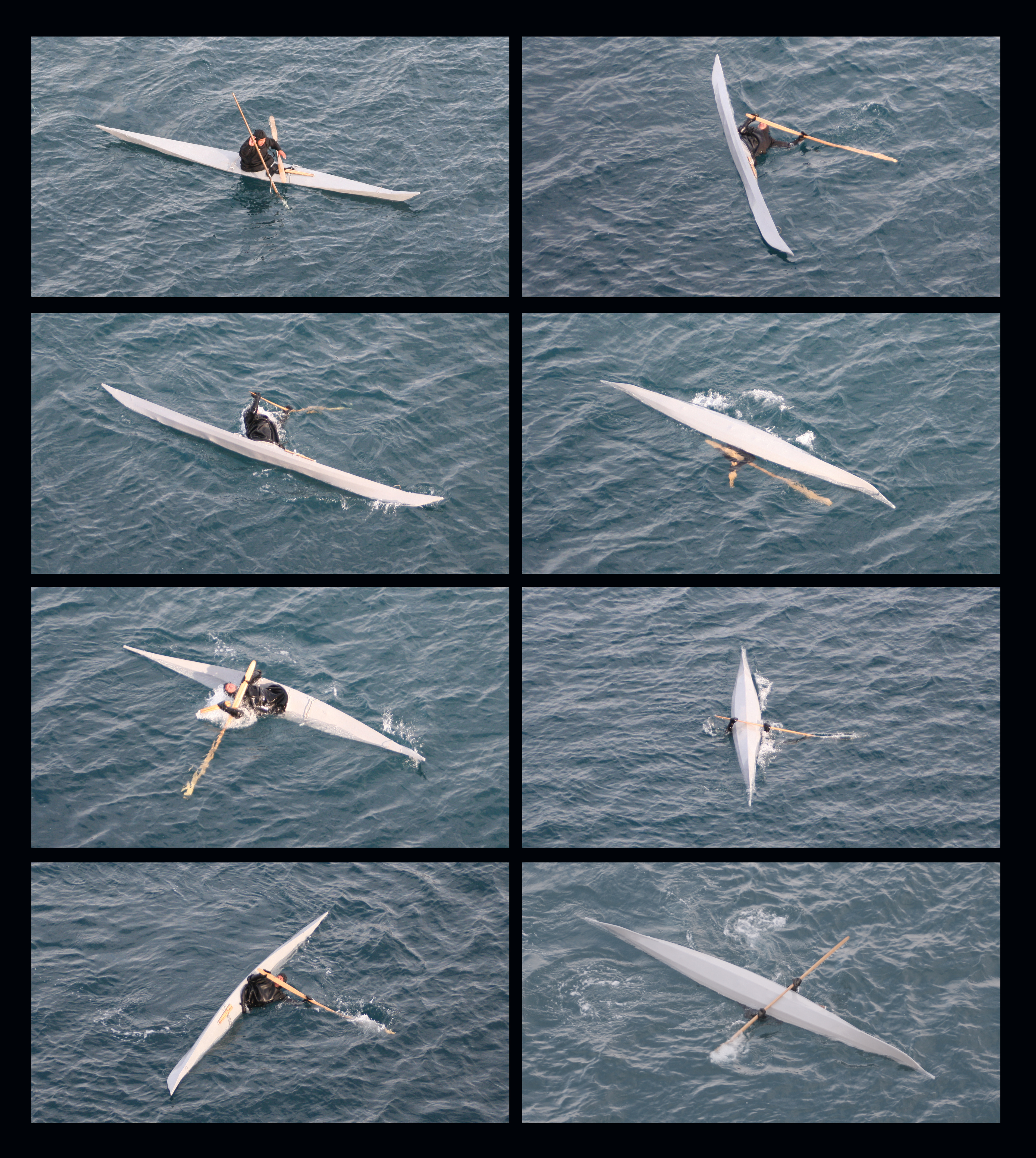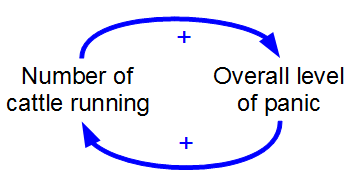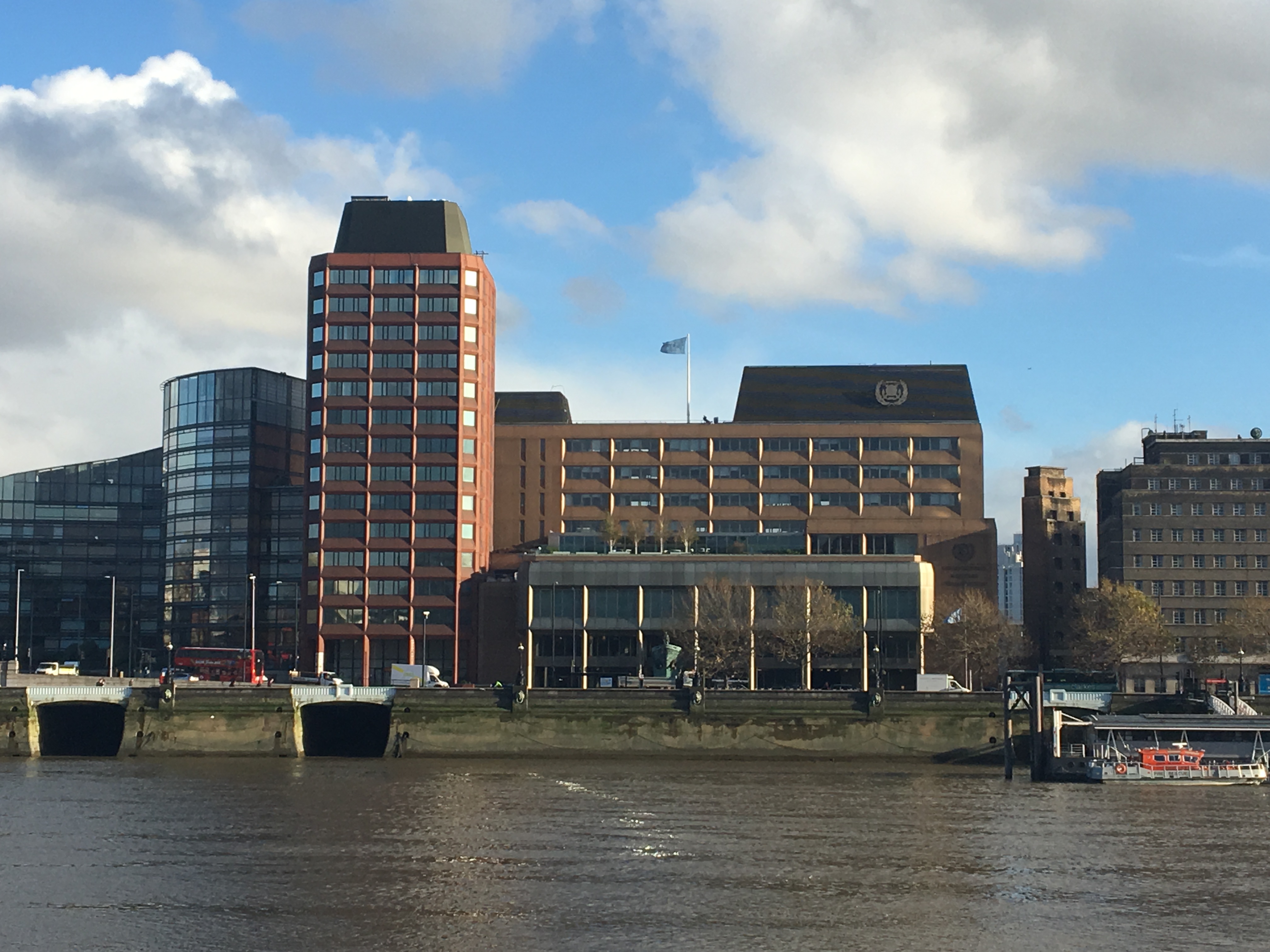|
Metacentric Height
The metacentric height (GM) is a measurement of the initial static stability of a floating body. It is calculated as the distance between the centre of gravity of a ship and its '' metacentre''. A larger metacentric height implies greater initial stability against overturning. The metacentric height also influences the natural period of rolling of a hull, with very large metacentric heights being associated with shorter periods of roll which are uncomfortable for passengers. Hence, a sufficiently, but not excessively, high metacentric height is considered ideal for passenger ships. Different centres The ''centre of buoyancy'' is at the centre of mass of the volume of water that the hull displaces. This point is referred to as B in naval architecture. The '' centre of gravity'' of the ship is commonly denoted as point G or CG. When a ship is at equilibrium, the centre of buoyancy is vertically in line with the centre of gravity of the ship. The metacentre is the point where th ... [...More Info...] [...Related Items...] OR: [Wikipedia] [Google] [Baidu] [Amazon] |
Capsizing
Capsizing or keeling over occurs when a boat or ship is rolled on its side or further by wave action, instability or wind force beyond the angle of positive static stability or it is upside down in the water. The act of recovering a vessel from a capsize is called righting. Capsize may result from broaching, , loss of stability due to cargo shifting or flooding, or in high speed boats, from turning too fast. If a capsized vessel has enough flotation to prevent sinking, it may recover on its own in changing conditions or through mechanical work if it is not stable while inverted. Vessels of this design are called self-righting. Small vessels In dinghy sailing, a practical distinction can be made between being knocked down (to 90 degrees; on its beam-ends, figuratively) which is called a capsize, and being inverted, which is called being turtled. Small dinghies frequently capsize in the normal course of use and can usually be recovered by the crew. Some types of dinghy ar ... [...More Info...] [...Related Items...] OR: [Wikipedia] [Google] [Baidu] [Amazon] |
Angle Of Loll
Angle of loll is the state of a ship that is unstable when upright (i.e. has a negative metacentric height) and therefore takes on an angle of heel to either port or starboard. When a vessel has negative metacentric height (GM) ''i.e.'', is in unstable equilibrium, any external force applied to the vessel will cause it to start heeling. As it heels, the moment of inertia of the vessel's waterplane (a plane intersecting the hull at the water's surface) increases, which increases the vessel's BM (distance from the centre of ''B''uoyancy to the ''M''etacenter). Since there is relatively little change in KB (distance from the ''K''eel to the centre of ''B''uoyancy) of the vessel, the KM (distance from ''K''eel to the ''M''etacentre) of the vessel increases. At some angle of heel (say 10°), KM will increase sufficiently equal to KG (distance from the keel to the centre of gravity), thus making GM of vessel equal to zero. When this occurs, the vessel goes to neutral equilibrium, and t ... [...More Info...] [...Related Items...] OR: [Wikipedia] [Google] [Baidu] [Amazon] |
Turtling (sailing)
A boat is said to be turtling or to turn turtle when it is fully inverted. The name stems from the appearance of the upside-down boat, similar to the carapace (top shell) of a sea turtle. at Internet ArchiveHowever, "to turn turtle" means putting a turtle on its back by grabbing it by the flipper, and conversely is used to refer to a vessel that has turned upside down, or which has cast off its crew. A related nautical turtle metaphor is the term Glossary of nautical terms (M-Z)#T, Turtleback Deck or "''deck, turtle'' nautical: A term applied to a weather deck that is rounded over from the shell of the ship so that it has a shape similar to the back of a turtle. Used on ships of the whaleback type and on the forward weather deck of torpedo boats." The term can be applied to any vessel; turning turtle is less frequent but more dangerous on ships than on smaller boats.In larger vessels a capsize almost inevitably leads to a sinking. "To turn upside down, and usually, to sink. The ... [...More Info...] [...Related Items...] OR: [Wikipedia] [Google] [Baidu] [Amazon] |
Kayak Roll
A kayak roll is the act of righting a capsized kayak by use of body motion and/or a paddle. Typically this is done by lifting the torso towards the surface, rotating the hips to turn the kayak upwards and applying a small force by means of the paddle to assist the torso back over the boat. A kayak roll was also known as an Eskimo roll. The roll is an important technique for paddlers on serious whitewater, as wet exit, exiting the boat and swimming leaves the swimmer more exposed than remaining in the boat. History The skill of righting a capsized kayak was devised by the hunter-gatherer societies that also developed the kayak as a hunting boat, such as the Aleut and Inuit. The Greenlandic Inuit used several techniques that allowed the kayak to be righted with or without a paddle, also using only one hand, or without hands at all. A survey in Greenland in 1911 found that of a total of 2,228 hunters with a kayak of their own, 867 were able to roll. In 1605, some Inuit men and ... [...More Info...] [...Related Items...] OR: [Wikipedia] [Google] [Baidu] [Amazon] |
Inclining Test
An inclining test is a test performed on a ship to determine its stability, lightship weight and the coordinates of its center of gravity. The test is applied to newly constructed ships greater than in length, and to ships altered in ways that could affect stability. Inclining test procedures are specified by the International Maritime Organization and other international associations. The weight of a vessel can be readily determined by reading draughts and comparing with the known hydrostatic properties. The metacentric height (GM), which dominates stability, can be estimated from the design, but an accurate value must be determined by an inclining test. The inclining test is usually done inshore in calm weather, in still water, and free of mooring restraints to achieve accuracy. The GM position is determined by moving weights transversely to produce a known overturning moment in the range of 1-4 degrees if possible. Knowing the restoring properties (buoyancy) of the vessel from ... [...More Info...] [...Related Items...] OR: [Wikipedia] [Google] [Baidu] [Amazon] |
Positive Feedback
Positive feedback (exacerbating feedback, self-reinforcing feedback) is a process that occurs in a feedback loop where the outcome of a process reinforces the inciting process to build momentum. As such, these forces can exacerbate the effects of a small disturbance. That is, the effects of a perturbation on a system include an increase in the magnitude of the perturbation. That is, ''A produces more of B which in turn produces more of A''.Keesing, R.M. (1981). Cultural anthropology: A contemporary perspective (2nd ed.) p.149. Sydney: Holt, Rinehard & Winston, Inc. In contrast, a system in which the results of a change act to reduce or counteract it has negative feedback. Both concepts play an important role in science and engineering, including biology, chemistry, and cybernetics. Mathematically, positive feedback is defined as a positive loop gain around a closed loop of cause and effect. That is, positive feedback is Phase (waves), in phase with the input, in the sense that ... [...More Info...] [...Related Items...] OR: [Wikipedia] [Google] [Baidu] [Amazon] |
Radius Of Gyration
The radius of gyration or gyradius of a body about the axis of rotation is defined as the radial distance to a point which would have a moment of inertia the same as the body's actual distribution of mass, if the total mass of the body were concentrated there. The radius of gyration has dimensions of distance or 0LT0and the SI unit is the metre (m). Formulation Mathematically the radius of gyration is the root mean square distance of the object's parts from either its center of mass or a given axis, depending on the relevant application. It is actually the perpendicular distance from point mass to the axis of rotation. One can represent a trajectory of a moving point as a body. Then radius of gyration can be used to characterize the typical distance travelled by this point. Suppose a body consists of n particles each of mass m. Let r_1, r_2, r_3, \dots , r_n be their perpendicular distances from the axis of rotation. Then, the moment of inertia I of the body about the axis of ro ... [...More Info...] [...Related Items...] OR: [Wikipedia] [Google] [Baidu] [Amazon] |
Added Mass
In fluid mechanics, added mass or virtual mass is the inertia added to a system because an accelerating or decelerating body must move (or deflect) some volume of surrounding fluid as it moves through it. Added mass is a common issue because the object and surrounding fluid cannot occupy the same physical space simultaneously. For simplicity this can be modeled as some volume of fluid moving with the object, though in reality "all" the fluid will be accelerated, to various degrees. The dimensionless added mass coefficient is the added mass divided by the displaced fluid mass – i.e. divided by the fluid density times the volume of the body. In general, the added mass is a second-order tensor, relating the fluid acceleration vector to the resulting force vector on the body. Background Friedrich Wilhelm Bessel proposed the concept of added mass in 1828 to describe the motion of a pendulum in a fluid. The period of such a pendulum increased relative to its period in a vacuum (ev ... [...More Info...] [...Related Items...] OR: [Wikipedia] [Google] [Baidu] [Amazon] |
Gravitational Acceleration
In physics, gravitational acceleration is the acceleration of an object in free fall within a vacuum (and thus without experiencing drag (physics), drag). This is the steady gain in speed caused exclusively by gravitational attraction. All bodies accelerate in vacuum at the same rate, regardless of the masses or compositions of the bodies; the measurement and analysis of these rates is known as gravimetry. At a fixed point on the surface, the magnitude of gravity of Earth, Earth's gravity results from combined effect of gravitation and the centrifugal force from Earth's rotation. At different points on Earth's surface, the free fall acceleration ranges from , depending on altitude, latitude, and longitude. A conventional standard gravity, standard value is defined exactly as 9.80665 m/s² (about 32.1740 ft/s²). Locations of significant variation from this value are known as gravity anomaly, gravity anomalies. This does not take into account other effects, such as buoyancy or d ... [...More Info...] [...Related Items...] OR: [Wikipedia] [Google] [Baidu] [Amazon] |
International Maritime Organization
The International Maritime Organization (IMO; ; ) is a List of specialized agencies of the United Nations, specialized agency of the United Nations responsible for regulating maritime transport. The IMO was established following agreement at a UN conference held in Geneva in 1948 and the IMO came into existence ten years later, meeting for the first time on 17 March 1958. Headquartered in London, United Kingdom, the IMO, in 2024, has 176 Member States and three Associate Members. The IMO's primary purpose is to develop and maintain a comprehensive regulatory framework for shipping and its remit today includes maritime safety, environmental concerns, and Admiralty law, legal matters, among other issues. IMO is governed by an assembly of members which meets every two years. Its finance and organization is administered by a council of 40 members elected from the assembly. The work of IMO is conducted through five committees and these are supported by technical subcommittees. Other ... [...More Info...] [...Related Items...] OR: [Wikipedia] [Google] [Baidu] [Amazon] |
Factor Of Safety
In engineering, a factor of safety (FoS) or safety factor (SF) expresses how much stronger a system is than it needs to be for its specified maximum load. Safety factors are often calculated using detailed analysis because comprehensive testing is impractical on many projects, such as bridges and buildings, but the structure's ability to carry a load must be determined to a reasonable accuracy. Many systems are intentionally built much stronger than needed for normal usage to allow for emergency situations, unexpected loads, misuse, or degradation ( reliability). Margin of safety (MoS or MS) is a related measure, expressed as a relative change. Definition There are two definitions for the factor of safety (FoS): * The ratio of a structure's absolute strength (structural capability) to actual applied load; this is a measure of the reliability of a particular design. This is a calculated value, and is sometimes referred to, for the sake of clarity, as a ''realized factor of sa ... [...More Info...] [...Related Items...] OR: [Wikipedia] [Google] [Baidu] [Amazon] |





